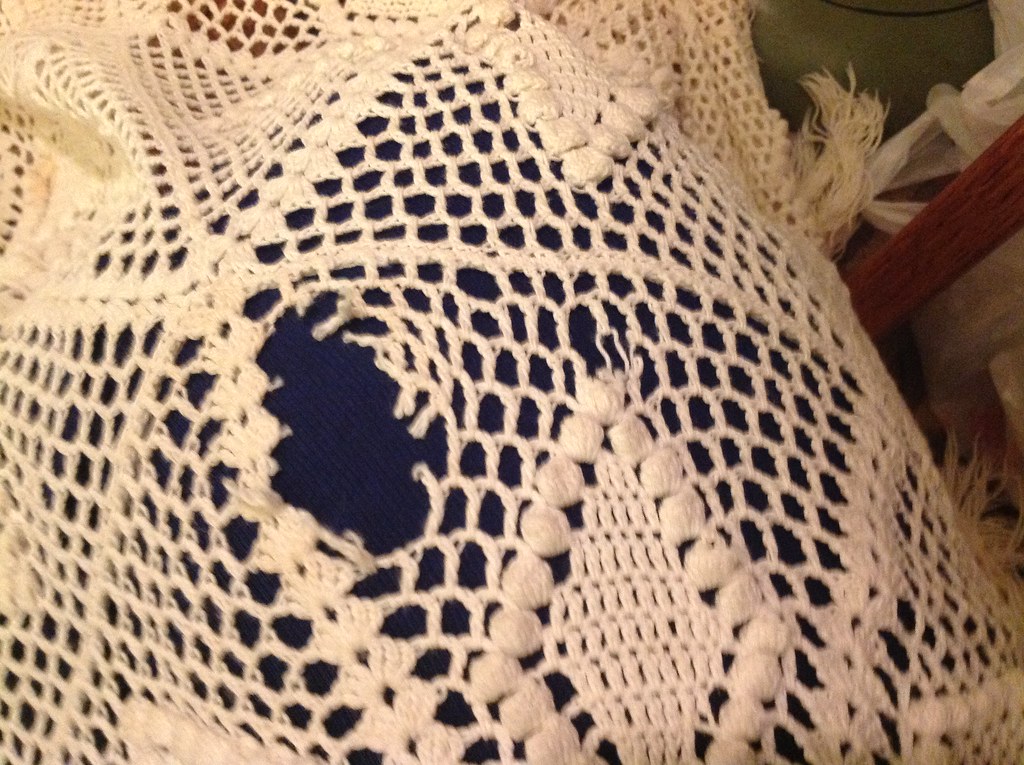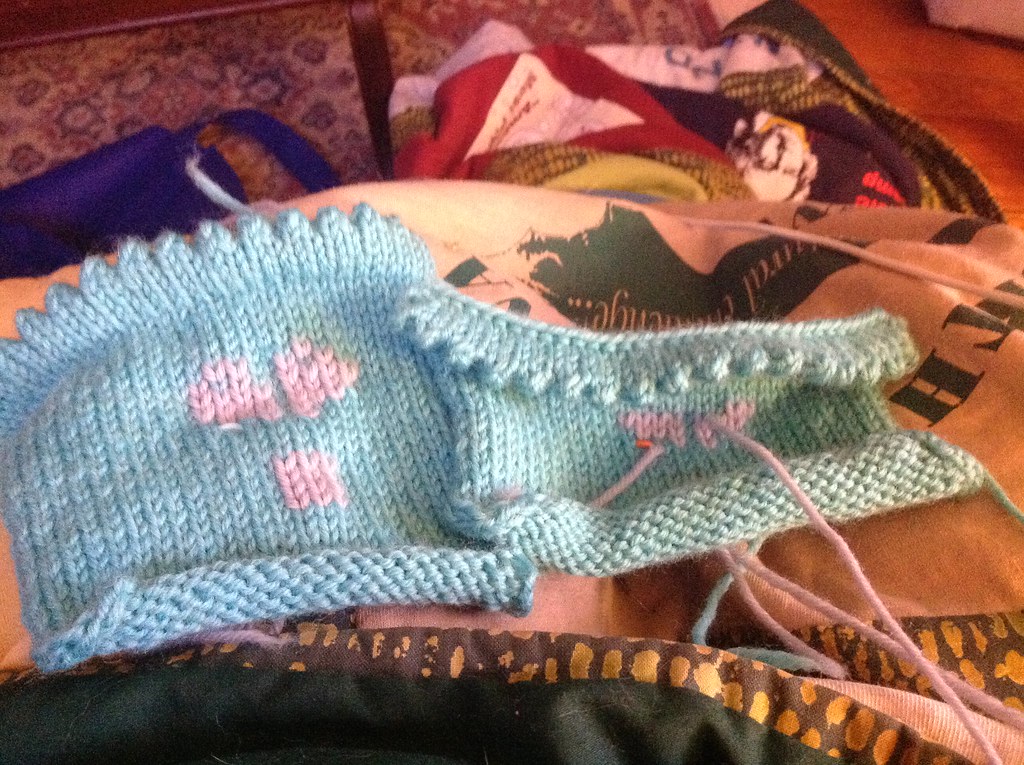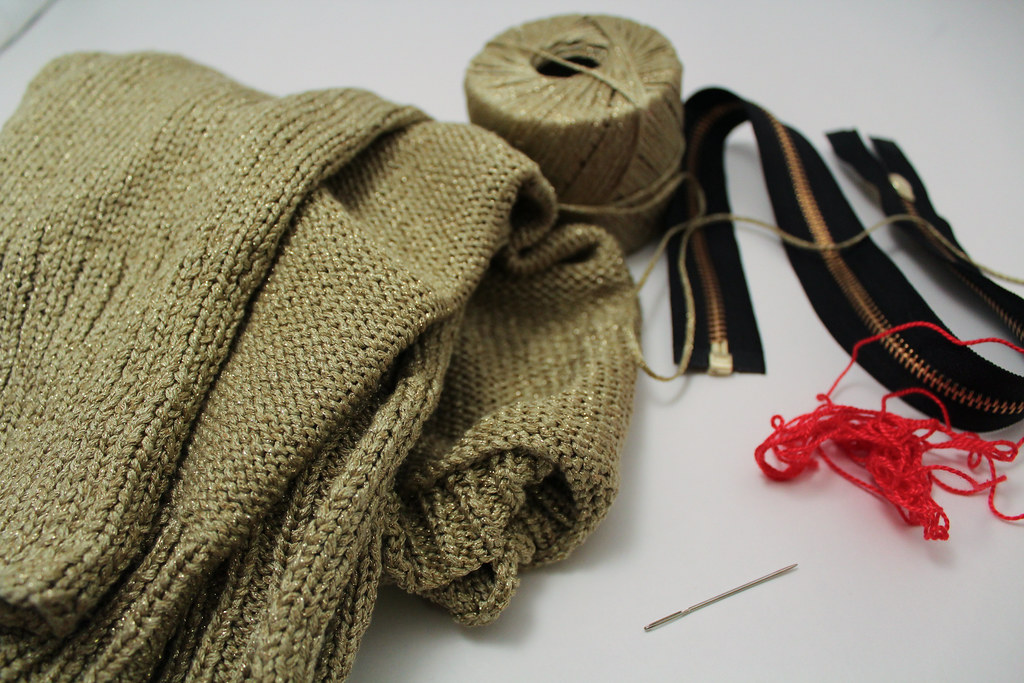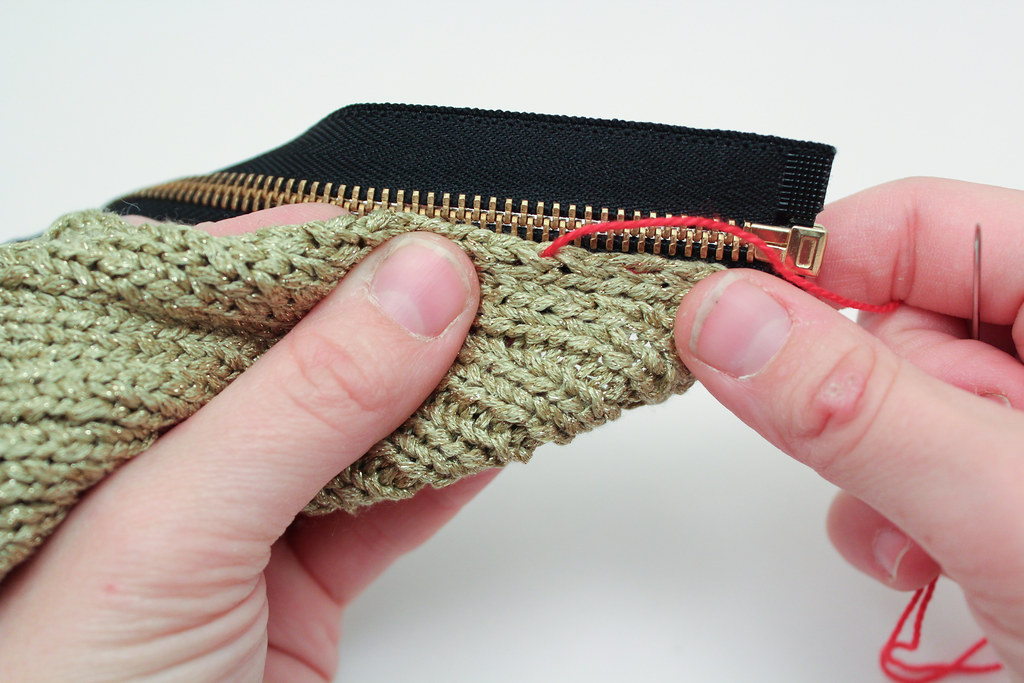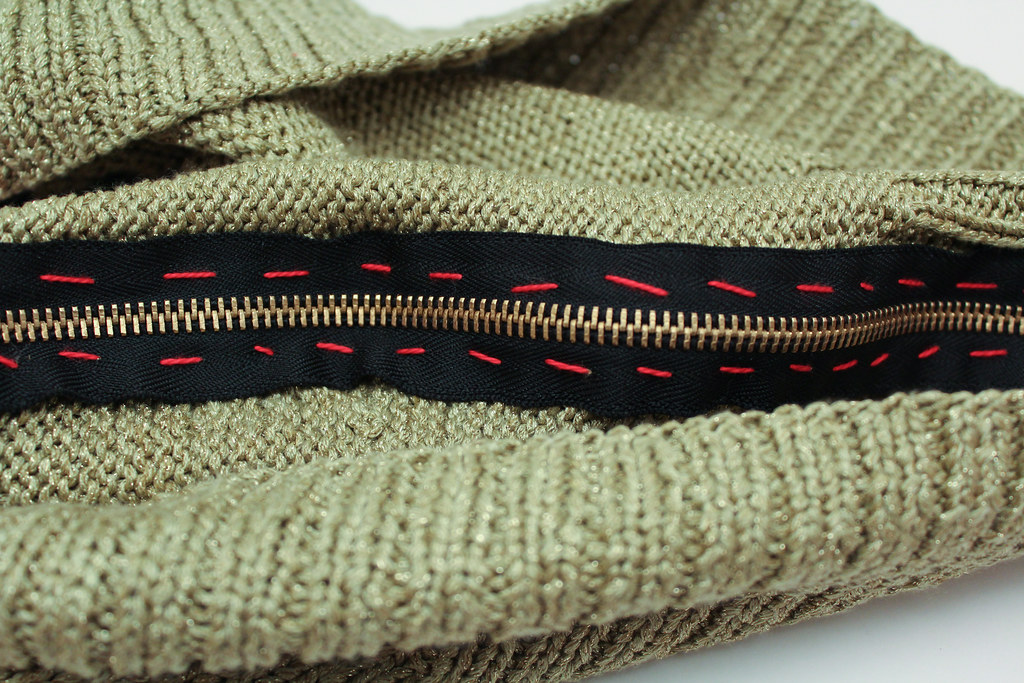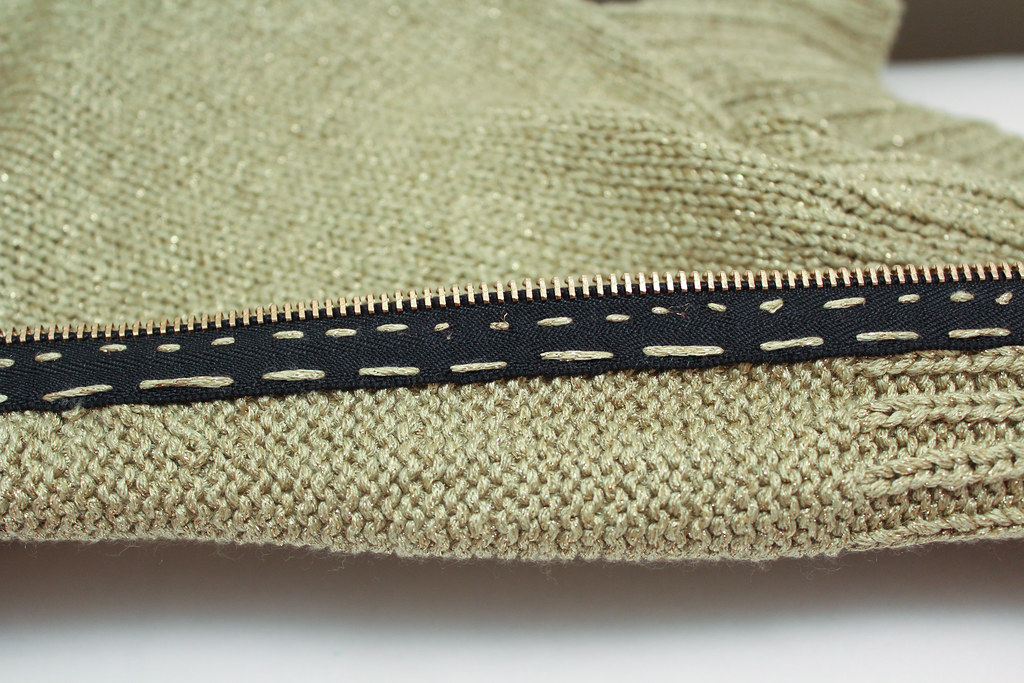 A while back I was contacted by a young woman getting ready for her wedding. She had a rather unusal request: she needed a lace knit chuppah for her wedding blocked. Part of a traditional Jewish wedding is the chuppah: a canopy under which the couple stands during the wedding cerenony. The chuppah has a lot of symbolism. Some chuppahs can be very plain, but many of them are passed through the family, and are elaborate family herilooms made of lace and embroidery are not uncommon.
A while back I was contacted by a young woman getting ready for her wedding. She had a rather unusal request: she needed a lace knit chuppah for her wedding blocked. Part of a traditional Jewish wedding is the chuppah: a canopy under which the couple stands during the wedding cerenony. The chuppah has a lot of symbolism. Some chuppahs can be very plain, but many of them are passed through the family, and are elaborate family herilooms made of lace and embroidery are not uncommon.
When I first spoke to the young lady, she admitted that she had gotten in touch with a few other finishers, and none of them could take on an item so large. She estimated that the finished piece would be about 10 by 10 feet. I have to admit, I went through the house with a measuring tape, measuring each room in my house to see if I could fit something so large. Luckily, our kitchen with all the furniture out would work. It was 14×14 feet – which would give me just enough room to be able to walk around it when the piece was laid out.



















